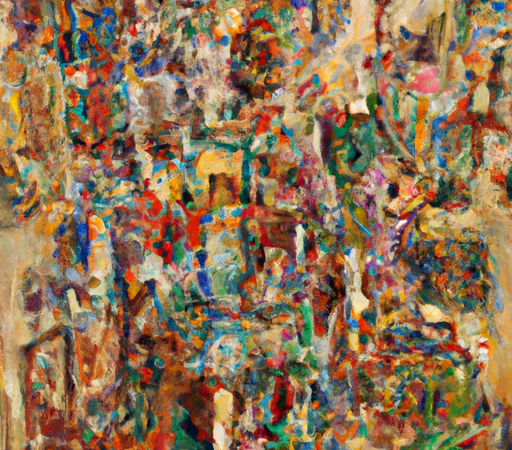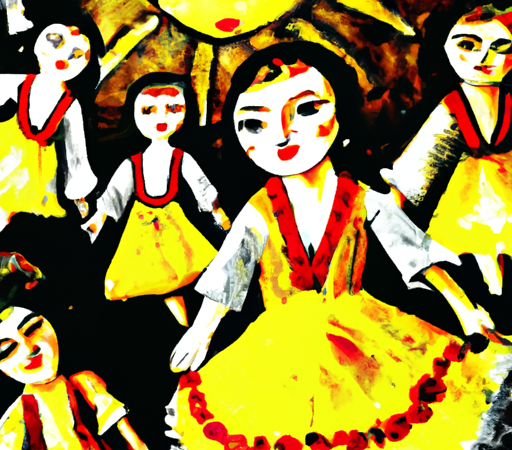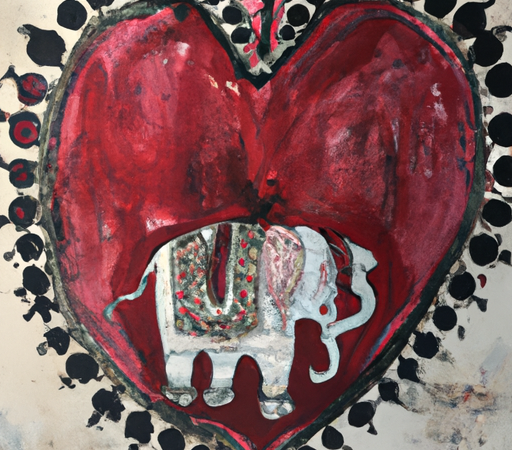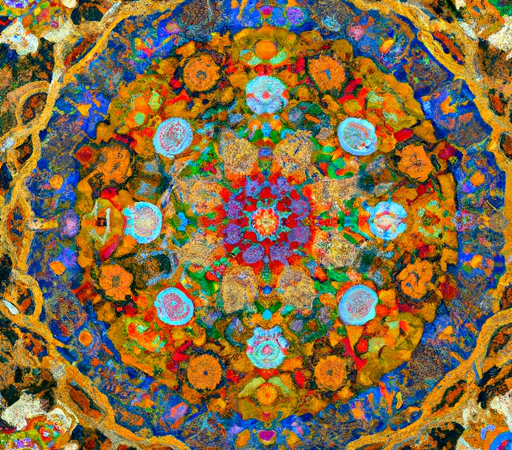Art and Cultural Heritage: The Impact of Iconic Masterpieces
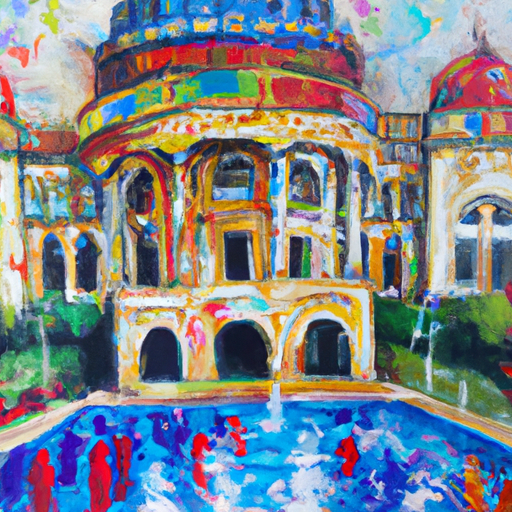
Art and cultural heritage are two intertwined concepts that form an essential part of our society. From ancient times to the present day, iconic masterpieces have had a profound impact on individuals, communities, and even entire civilizations. These works of art not only reflect the creativity and talent of their creators but also serve as a gateway to understanding our collective past.
One of the most significant contributions of iconic masterpieces is their ability to inspire, provoke thought, and evoke intense emotions. Take, for example, Leonardo da Vinci's Mona Lisa. This enigmatic portrait, created in the 16th century, continues to captivate millions of visitors each year at the Louvre in Paris. The Mona Lisa's mysterious smile raises countless questions about the identity of the subject and the intentions of the artist, igniting discussions and debates among art enthusiasts around the world. Such masterpieces become a symbol of cultural excellence and serve as a source of inspiration for countless artists and admirers alike.
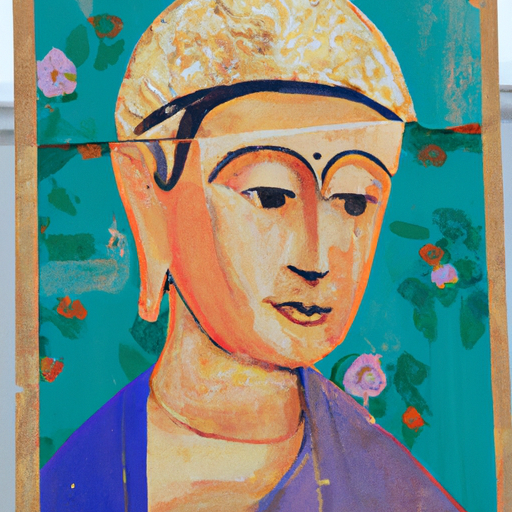
Furthermore, iconic masterpieces transcend time and geographical boundaries. They serve as a tangible link to our past, enabling us to explore and understand different eras, civilizations, and cultural movements. For instance, the Pyramids of Giza, built over 4,500 years ago in ancient Egypt, showcase the advanced architectural skills and engineering prowess of that time. These majestic structures not only symbolize the grandeur of the Pharaohs but also provide valuable insights into the religious, social, and economic aspects of the society they belonged to.
In addition to their artistic value, iconic masterpieces also have significant economic implications. They attract tourists from around the world, generating revenue for museums, galleries, and local economies. The Louvre, for instance, derives a substantial portion of its income from visitors who primarily come to admire its iconic artworks, including the Mona Lisa. Tourists spending money on accommodation, transportation, dining, and souvenirs contribute to job creation and stimulate economic growth in the surrounding area. Thus, the enrichment of cultural heritage goes beyond preserving the past; it becomes a catalyst for present-day prosperity.
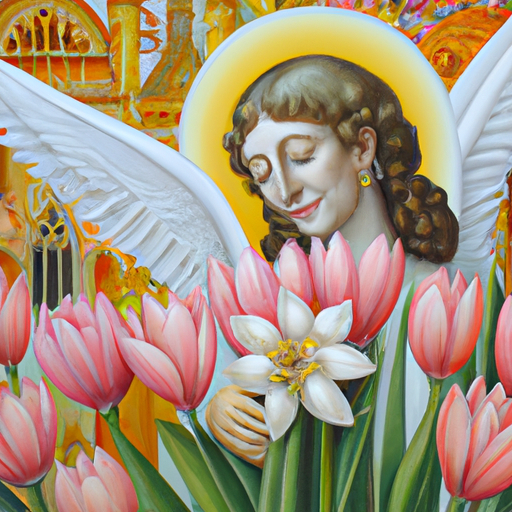
Preserving and safeguarding iconic masterpieces is crucial for the conservation of cultural heritage. These works provide a sense of identity and continuity, connecting us to our roots and reminding us of the diversity and richness of our global heritage. Unfortunately, masterpieces can be vulnerable to damage, theft, or natural disasters if not properly protected. Museums and cultural institutions have a responsibility to implement robust security measures, climate control systems, and preservation techniques to safeguard these invaluable treasures for future generations.
Moreover, the impact of iconic masterpieces extends beyond their immediate surroundings. They often become symbols of national or regional pride, representing the cultural identity and heritage of a specific community. The Statue of Liberty in the United States, for example, has come to symbolize freedom and democracy, serving as an iconic representation of American values to people around the world. Such masterpieces become ambassadors of culture, fostering cross-cultural understanding, and promoting cultural exchange.
In conclusion, iconic masterpieces play a pivotal role in our society by influencing, inspiring, and educating individuals, communities, and entire civilizations. Through their artistic excellence, they become a source of inspiration, provoke thought, and elicit emotions. They also provide a tangible connection to our past and serve as economic powerhouses, attracting tourists and stimulating economic growth. Preserving and safeguarding these masterpieces is essential to protect our cultural heritage and ensure their lasting impact. As we cherish and celebrate these iconic artworks, we appreciate the profound influence they have on shaping our understanding of art, history, and identity.

